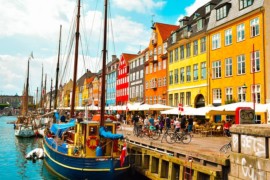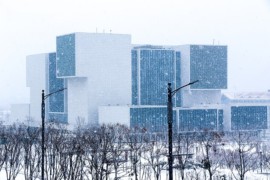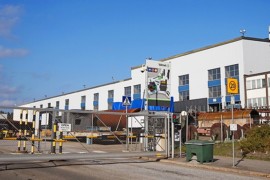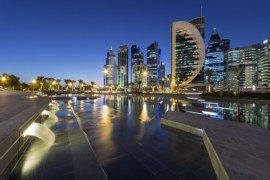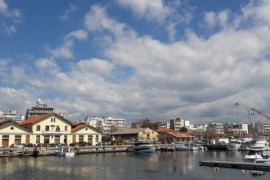In France as in Europe, there are many environmental certifications. They certainly concern heating networks, but also – and especially – the construction sector as a whole. With the passing of time and the growing importance of energy concerns, these certifications have become a real market, as we learn from the second edition of the Green Soluce/France GBC barometer in partnership with HBS Research.
HQE, still the reference point
In France, the local NF HQE (High Environmental Quality) certification still dominates the market, with 1170 operations either certified or undergoing certification – which corresponds to 83% of environmental certifications in the service sector. This is what we learn from the Green Soluce/France GBC 2015 certifications barometer, published last June, which studied 772 service industry operations in 2014.
The BREEAM certificate, described as being “the oldest and most commonly used around the world”, ranks second in this barometer, with 177 certifications and 13% of ongoing operations. It is interesting to note that this certificate also provides a tool for reducing the operating costs of future buildings.
Finally, the LEED certification brings up the rear with 23 certificates issued and responsible for 2% of environmental certifications in the service sector. This number represents a significant difference between the French (and even European) market and the global market, since LEED has become very popular internationally since its creation in 1998.
Little change compared to 2013
The balance of power between the three dominant certifications remains unchanged: builders prefer to submit to the rules of the NF HQE certification before considering others. A question of notoriety? Probably. In nearly 10 years, nearly a thousand commercial buildings meeting HEQ certification were delivered in France, with more than 45% localized in Île-de-France.
It should be noted however that the BREEAM certificate is experiencing a “significant increase” (+ 13 points) in certification for the construction of offices. 60 certificates have already been issued for office buildings, including nearly 80% of office buildings in Île-de-France. This certification is also widely used for shopping centres, since one third of the recorded transactions involved the retail industry.
The need for certification
In the marketplace, is this certification still relevant? In 2015, even in the case of heating systems, the answer remains … yes. A certification is a guarantee that the constructed building complies with a number of requirements for energy performance. The certification, which remains a voluntary choice as it is never required to finalize a project, ensures that promises are kept and that the project is organized as laid out in a reliable process.
It is, moreover, an undeniable selling point: certifications lend greater recognition and legitimacy to those involved in construction and provide added value to offers and services. This also explains why manufacturers are focusing on the NF HQE standard, as it is the standard which is best known to the public. Finally, in an increasingly “green friendly”, economic environment, certification provides proof of a project’s respectability!
If the certifications are absolutely essential, they do not replace legal requirements. The most important of these requirements? The 2012 thermal regulation which imposes a strict quality of energy performance on manufacturers and also takes into account heating networks!
Image source: pixabay (Gadini)


